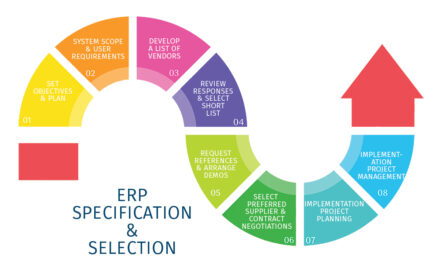Author: Pritish Kumar Halder
In the world of real estate, mastering the art of negotiation is crucial for both buyers and sellers. Whether you’re aiming to secure the best deal as a buyer or maximize your property’s value as a seller, the process of negotiation is where the real magic happens. In this guide, we’ll explore the key elements of successful real estate negotiations.
1. Understanding the Market
Before diving into negotiation tactics, it’s essential to comprehend the dynamics of the real estate market.
1. 1 Buyer’s Market vs. Seller’s Market
Knowing whether you’re operating in a buyer’s or seller’s market is fundamental. In a buyer’s market, there are more homes available than there are potential buyers. This puts buyers in a strong position, allowing them to negotiate for a price below the listing amount. Conversely, a seller’s market arises when there are more buyers than homes for sale. In this scenario, sellers have the upper hand and can drive a more aggressive negotiation due to high demand.
1.2 Local Market Analysis
Real estate markets are highly regional, and conditions can vary significantly from one area to another. To gain a deep understanding of your local market, consult reliable sources such as the Canadian Real Estate Association (CREA) and the Canadian Mortgage and Housing Corporation (CMHC). For even more specific insights, connect with your local real estate board.
2. Research Your Opponent
Effective negotiation is not just about numbers; it’s also about understanding the motivations of the parties involved.
2.1 Understanding the Other Party
Dig into the motivations of the buyer or seller on the other side of the negotiation table. This understanding can provide you with valuable leverage. For instance, if the other party is highly motivated to close the deal quickly, you can use this to your advantage.
2.2 Property Research
Thoroughly research the property in question. Public records can provide a wealth of information. For buyers, this means understanding the property’s history, and for sellers, it’s about ensuring the property’s details are accurately represented.
3. Get Creative with Negotiations
Negotiating in real estate isn’t limited to just haggling over the price; there are various elements to consider.
3.1 Beyond Price
Explore other aspects of the deal that can be negotiated, such as:
- Closing Time: Negotiate the length of time required to close the deal, which can be especially useful for buyers who need more time to fulfill certain conditions, like selling their existing home.
Conditional Clauses: Include clauses related to inspections, financing, or the sale of an existing property. - Inspection Timeframe: Determine the timeframe allowed for property inspections.
Inclusions and Exclusions: Specify what chattels are included or excluded in the sale, such as appliances, curtains, and smart home technology. - Repairs and Credits: Discuss repairs for any issues in the property or credits on the price to account for defects.
- Closing Costs and Fees: Address closing costs and any additional fees that may arise during the transaction.
Mastering the art of negotiation in the real estate market involves a deep understanding of market conditions, your negotiation counterpart, and creative deal structures. By following these guidelines, you can increase your chances of achieving a successful real estate transaction.
About the Author:
Pritish Kumar Halder is a seasoned real estate professional with a passion for helping buyers and sellers navigate the intricacies of the real estate market. With years of experience in the industry, Pritish brings a wealth of knowledge to the table, making him an authority on real estate negotiations and market dynamics. He is committed to helping individuals achieve their real estate goals by providing insightful guidance and expert advice.











